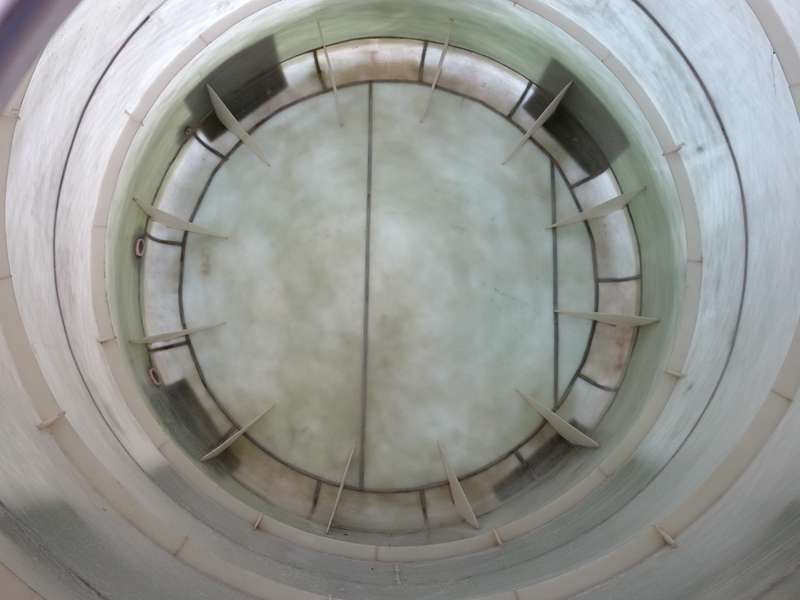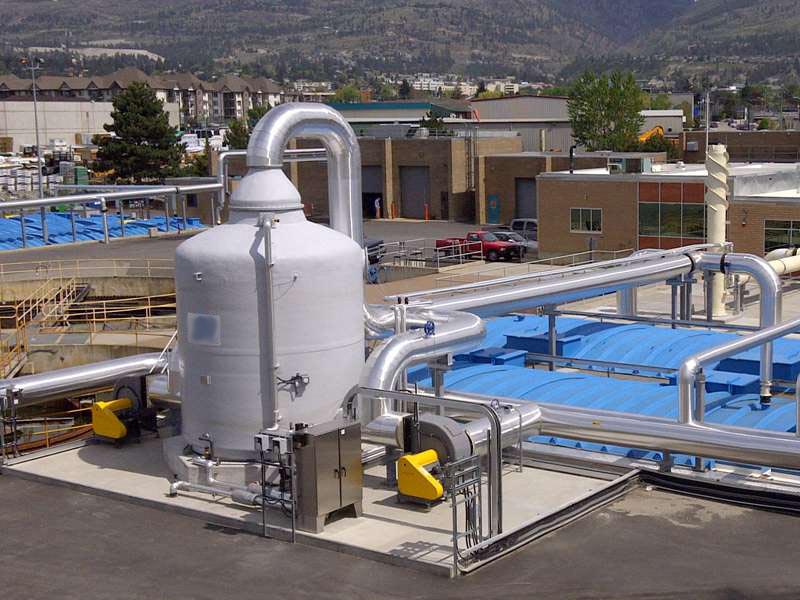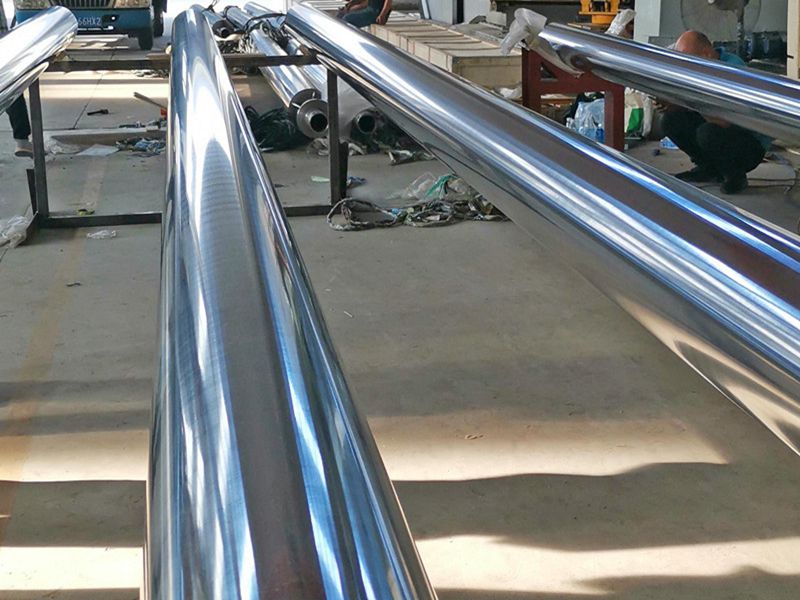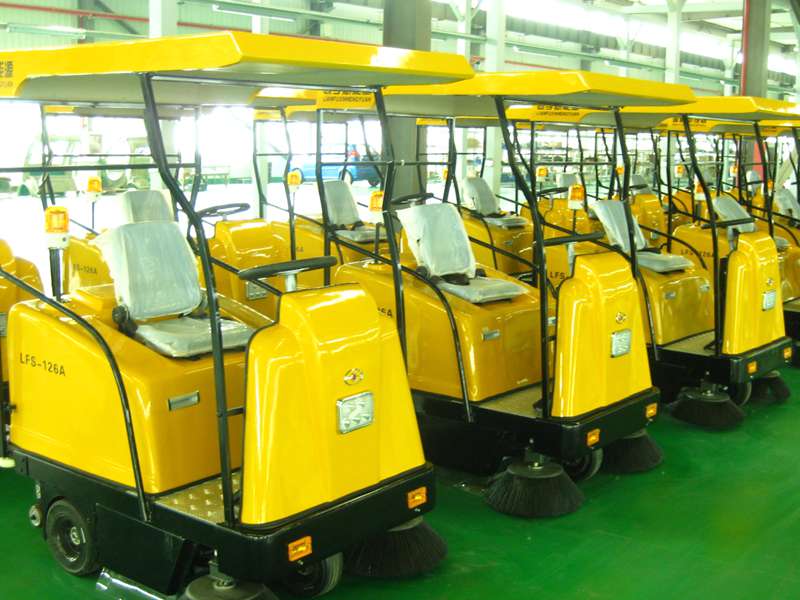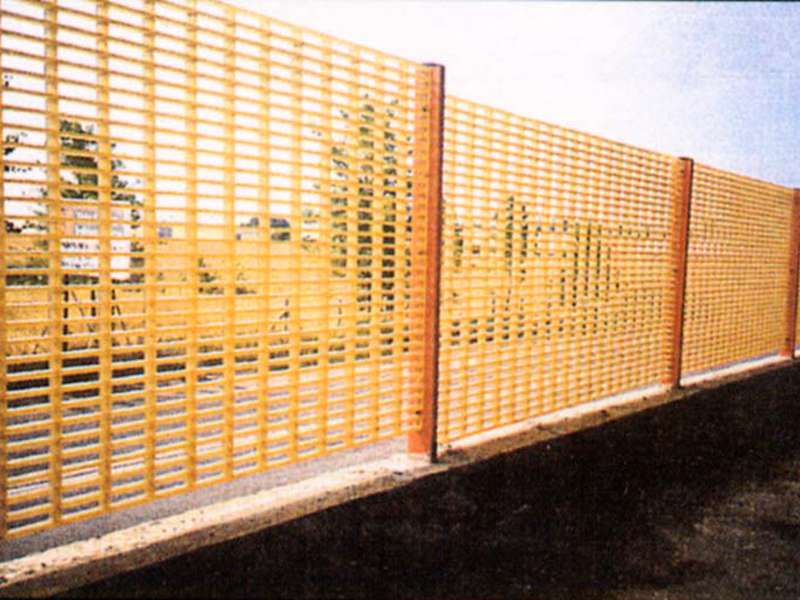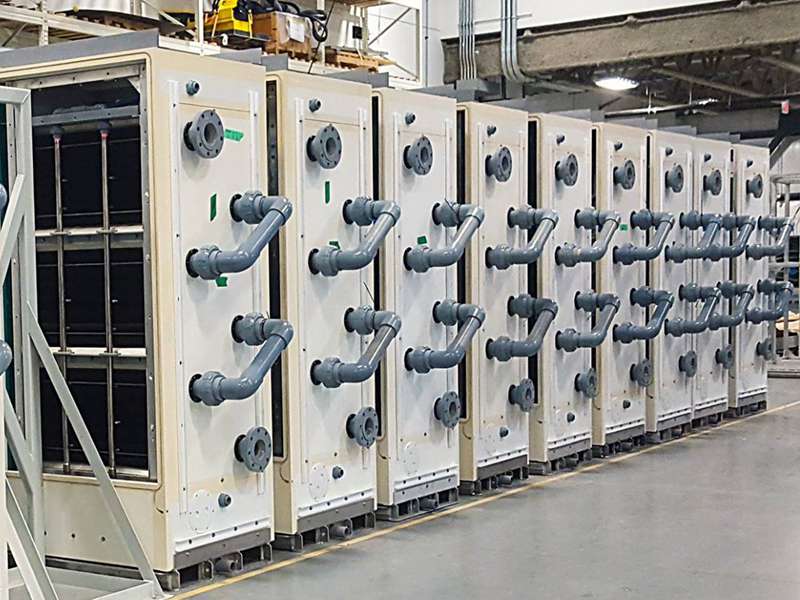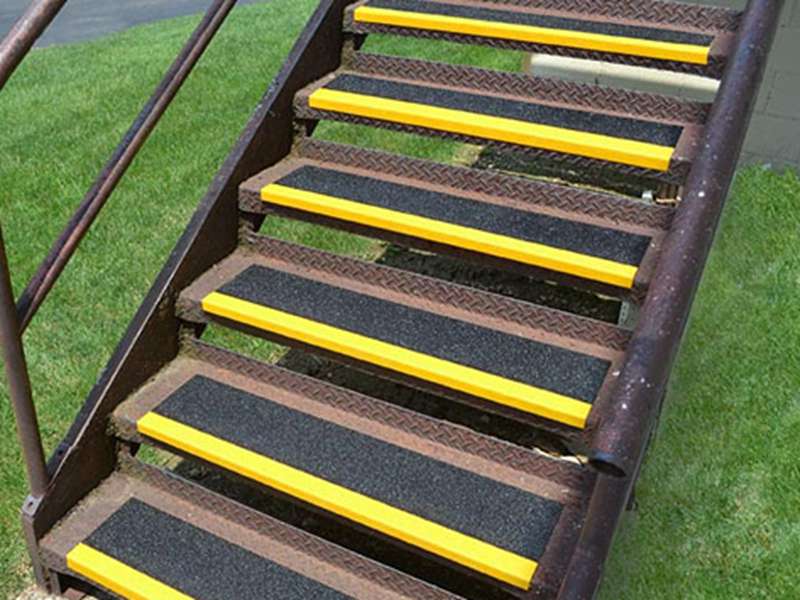
-
 Afrikaans
Afrikaans -
 Albanian
Albanian -
 Amharic
Amharic -
 Arabic
Arabic -
 Armenian
Armenian -
 Azerbaijani
Azerbaijani -
 Basque
Basque -
 Belarusian
Belarusian -
 Bengali
Bengali -
 Bosnian
Bosnian -
 Bulgarian
Bulgarian -
 Catalan
Catalan -
 Cebuano
Cebuano -
 China
China -
 China (Taiwan)
China (Taiwan) -
 Corsican
Corsican -
 Croatian
Croatian -
 Czech
Czech -
 Danish
Danish -
 Dutch
Dutch -
 English
English -
 Esperanto
Esperanto -
 Estonian
Estonian -
 Finnish
Finnish -
 French
French -
 Frisian
Frisian -
 Galician
Galician -
 Georgian
Georgian -
 German
German -
 Greek
Greek -
 Gujarati
Gujarati -
 Haitian Creole
Haitian Creole -
 hausa
hausa -
 hawaiian
hawaiian -
 Hebrew
Hebrew -
 Hindi
Hindi -
 Miao
Miao -
 Hungarian
Hungarian -
 Icelandic
Icelandic -
 igbo
igbo -
 Indonesian
Indonesian -
 irish
irish -
 Italian
Italian -
 Japanese
Japanese -
 Javanese
Javanese -
 Kannada
Kannada -
 kazakh
kazakh -
 Khmer
Khmer -
 Rwandese
Rwandese -
 Korean
Korean -
 Kurdish
Kurdish -
 Kyrgyz
Kyrgyz -
 Lao
Lao -
 Latin
Latin -
 Latvian
Latvian -
 Lithuanian
Lithuanian -
 Luxembourgish
Luxembourgish -
 Macedonian
Macedonian -
 Malgashi
Malgashi -
 Malay
Malay -
 Malayalam
Malayalam -
 Maltese
Maltese -
 Maori
Maori -
 Marathi
Marathi -
 Mongolian
Mongolian -
 Myanmar
Myanmar -
 Nepali
Nepali -
 Norwegian
Norwegian -
 Norwegian
Norwegian -
 Occitan
Occitan -
 Pashto
Pashto -
 Persian
Persian -
 Polish
Polish -
 Portuguese
Portuguese -
 Punjabi
Punjabi -
 Romanian
Romanian -
 Russian
Russian -
 Samoan
Samoan -
 Scottish Gaelic
Scottish Gaelic -
 Serbian
Serbian -
 Sesotho
Sesotho -
 Shona
Shona -
 Sindhi
Sindhi -
 Sinhala
Sinhala -
 Slovak
Slovak -
 Slovenian
Slovenian -
 Somali
Somali -
 Spanish
Spanish -
 Sundanese
Sundanese -
 Swahili
Swahili -
 Swedish
Swedish -
 Tagalog
Tagalog -
 Tajik
Tajik -
 Tamil
Tamil -
 Tatar
Tatar -
 Telugu
Telugu -
 Thai
Thai -
 Turkish
Turkish -
 Turkmen
Turkmen -
 Ukrainian
Ukrainian -
 Urdu
Urdu -
 Uighur
Uighur -
 Uzbek
Uzbek -
 Vietnamese
Vietnamese -
 Welsh
Welsh -
 Bantu
Bantu -
 Yiddish
Yiddish -
 Yoruba
Yoruba -
 Zulu
Zulu
frp piping system
Understanding FRP Piping Systems A Modern Solution for Today's Industries
In recent years, the use of Fiber Reinforced Polymer (FRP) piping systems has gained significant traction in various industrial applications. This innovative material combines the lightweight advantages of plastics with the strength and durability of fibers, making it an ideal choice for numerous sectors, including chemical processing, water treatment, and oil and gas industries.
What is FRP?
FRP is composed of a polymer matrix reinforced with fibers—commonly glass, carbon, or aramid—resulting in a material that is both lightweight and incredibly strong. These pipes are designed to withstand a variety of environmental conditions, including exposure to corrosive substances, high temperatures, and pressures. The composite nature of FRP provides superior resistance against corrosion, enhancing the longevity of piping systems in challenging environments.
Advantages of FRP Piping Systems
Understanding FRP Piping Systems A Modern Solution for Today's Industries
In addition to corrosion resistance, FRP pipes are notably lightweight—often weighing only a fraction of what traditional metal pipes do. This characteristic simplifies transportation and installation, reducing labor costs and time required for assembly. Contractors often find that the ease of handling FRP materials leads to faster project completion and lower overall project costs.
frp piping system

Another critical benefit of FRP piping systems is their ability to handle extreme temperatures. Many industrial processes generate significant heat, and FRP can be designed to withstand high-temperature applications without losing structural integrity. This versatility allows industries to implement FRP pipes in various processes, expanding their usability across multiple sectors.
Applications of FRP
The applications of FRP piping systems are vast and diverse. In the chemical industry, where exposure to aggressive chemicals is commonplace, FRP is often used for transporting corrosive liquids and gases. Water treatment facilities also employ FRP pipes for their resistance to chemicals used in the purification processes.
Additionally, FRP is increasingly being utilized in the oil and gas sector, where materials are required to endure harsh environmental conditions and resist corrosion from both the materials transported and external elements. The lightweight nature of FRP allows for easy installation in remote or challenging terrains, significantly benefiting exploration and extraction operations.
Conclusion
As industries continue to seek innovative materials that combine performance, durability, and cost-effectiveness, FRP piping systems stand out as a modern solution to traditional piping challenges. With their numerous advantages, including corrosion resistance, lightweight nature, and high-temperature resilience, FRP pipes are becoming the material of choice in critical industrial applications. As technology advances, we can expect further enhancements in FRP materials, further broadening their applicability and effectiveness, solidifying their position in the market for years to come.
Latest news
-
Oblate Tanks: Space-Saving, Durable Liquid Storage SolutionsNewsAug.27,2025
-
High-Performance Piping System Solutions for Industry & Commercial UseNewsAug.26,2025
-
Precision Fittings: Durable & Reliable Industrial & Plumbing SolutionsNewsAug.25,2025
-
Practical Steps: Unlock Success with Our Proven GuidesNewsAug.24,2025
-
Transport Tanks: Safe, Durable & Efficient Liquid HaulingNewsAug.23,2025
-
High-Quality Piping Systems for Efficient Flow & DurabilityNewsAug.22,2025


